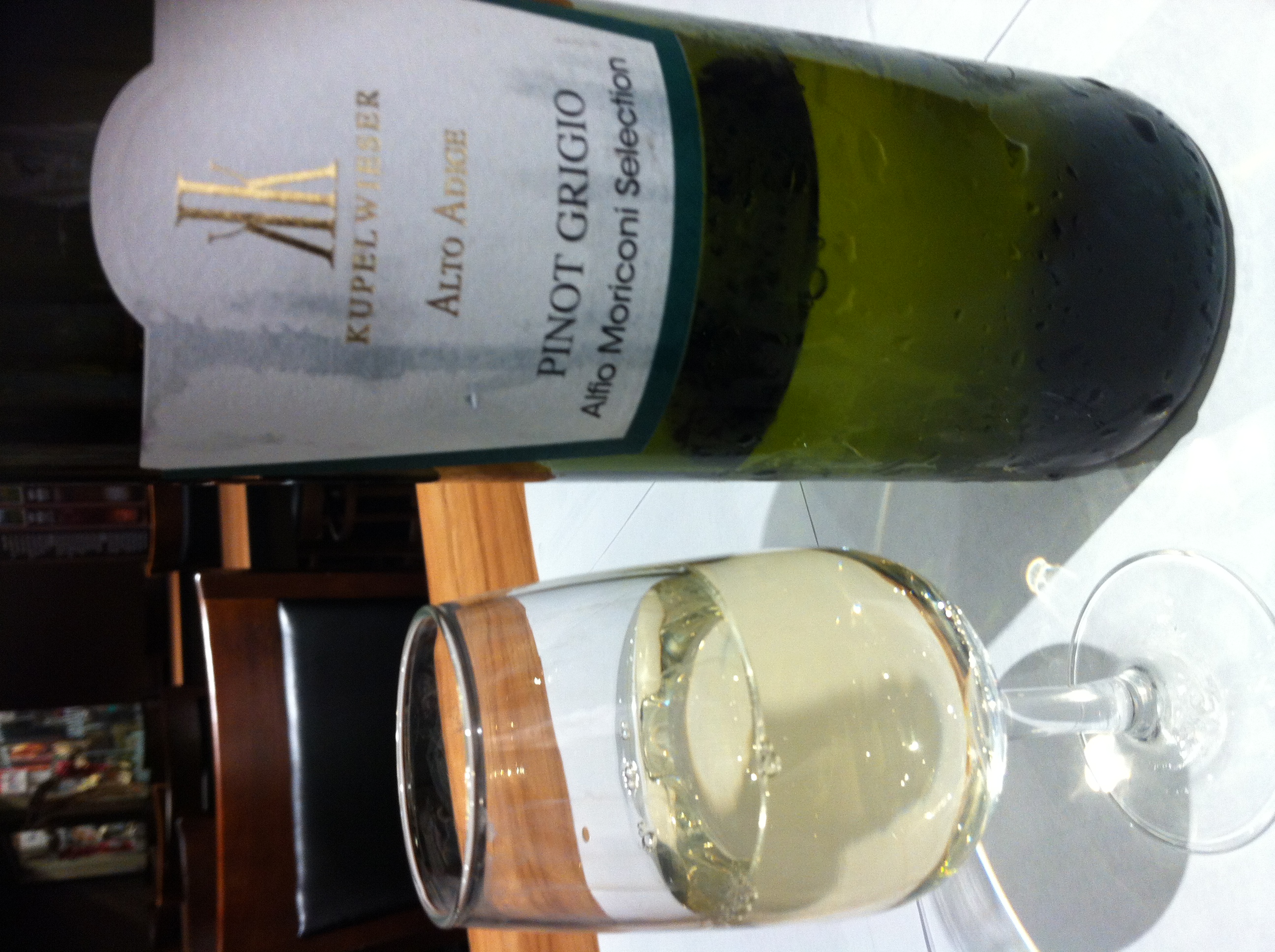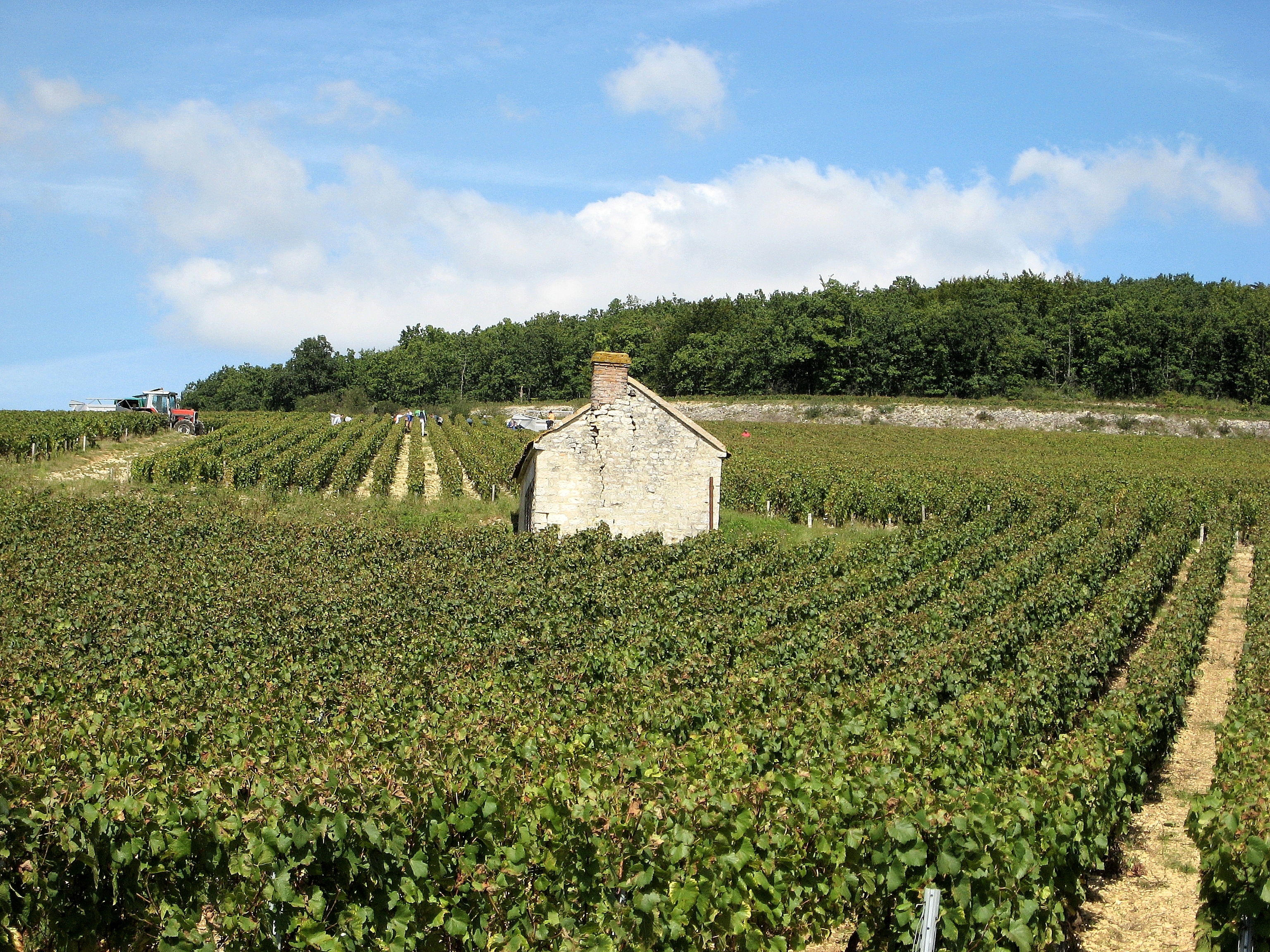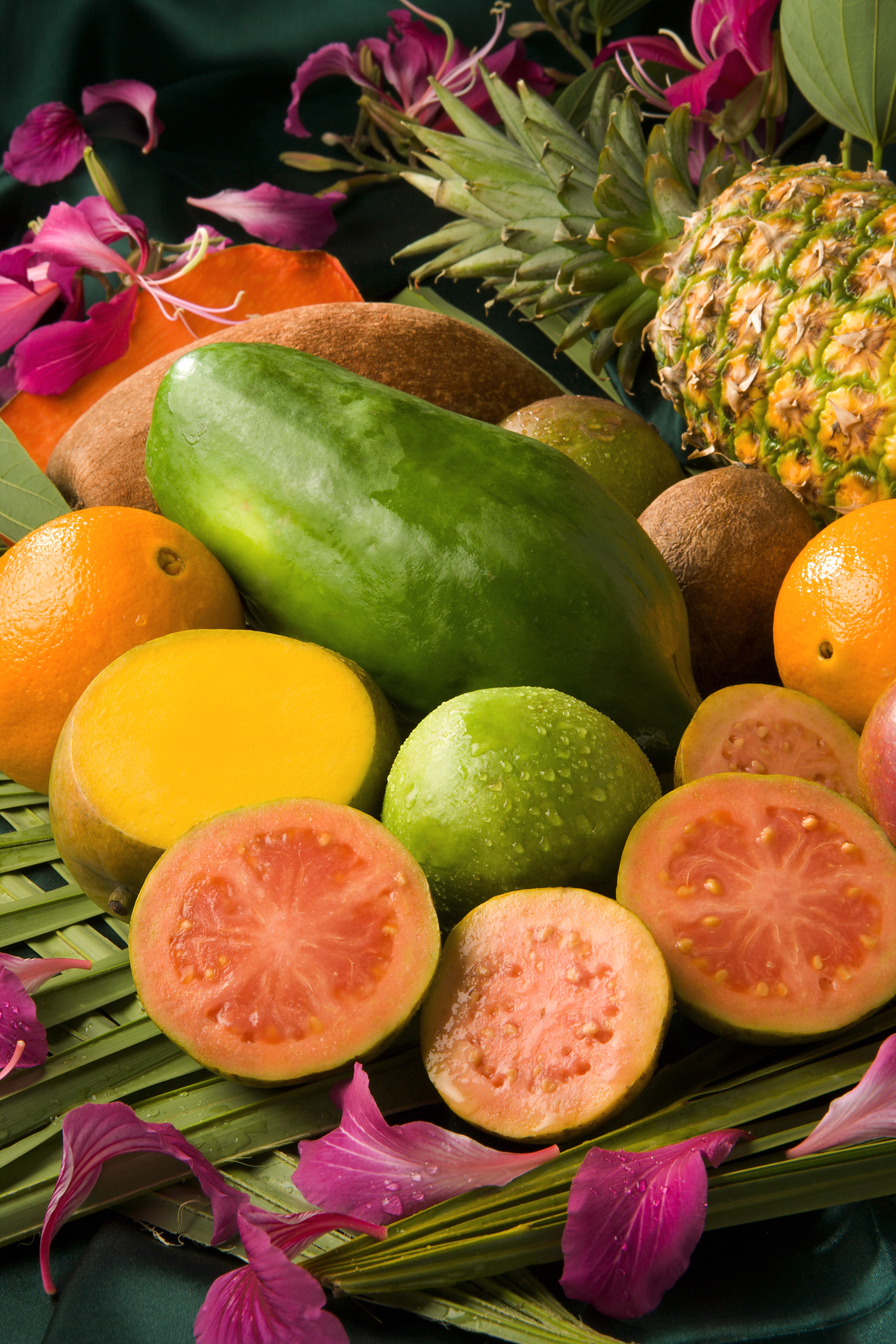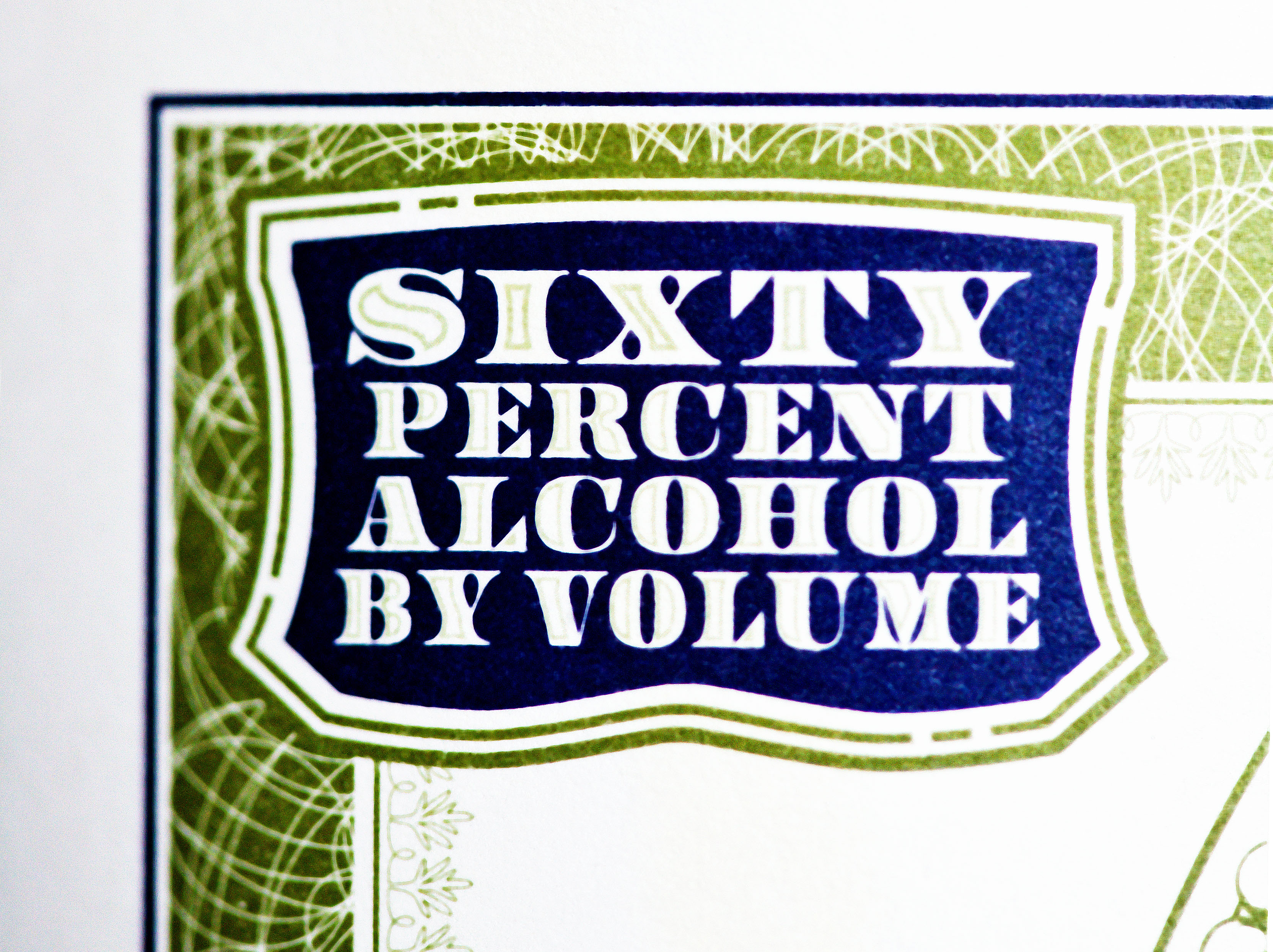|
Rulandské šedé
Pinot gris, pinot grigio (, ), or ''Grauburgunder'' is a white wine grape variety of the species ''Vitis vinifera''. Thought to be a mutant clone of the pinot noir variety, it normally has a pinkish-gray hue, accounting for its name, but the colors can vary from blue-gray to pinkish-brown. The word ''pinot'' could have been given to it because the grapes grow in small pinecone-shaped clusters. The wines produced from this grape also vary in color from a deep golden yellow to copper and even a light shade of pink,J. Robinson: ''Vines Grapes & Wines'', p. 158. Mitchell Beazley 1986. . and it is one of the more popular grapes for skin-contact wine. Pinot gris is grown around the globe, with the "spicy" full-bodied Alsatian and lighter-bodied, more acidic Italian styles being most widely recognized. The Alsatian style, often duplicated in New World wine regions such as Marlborough, Oregon, South Africa, South Australia, Tasmania, and Washington, tend to have moderate to low ... [...More Info...] [...Related Items...] OR: [Wikipedia] [Google] [Baidu] |
Vitis Vinifera
''Vitis vinifera'', the common grape vine, is a species of flowering plant, native to the Mediterranean Basin, Mediterranean region, Central Europe, and southwestern Asia, from Morocco and Portugal north to southern Germany and east to northern Iran. , there were between List of grape varieties, 5,000 and 10,000 varieties of ''Vitis vinifera'' grapes though only a few are of commercial significance for wine and table grape production. The wild grape is often classified as ''Vitis vinifera'' ''sylvestris'' (in some classifications considered ''Vitis sylvestris''), with ''Vitis vinifera'' ''vinifera'' restricted to cultivated forms. Domesticated vines have hermaphrodite#Plants, hermaphrodite flowers, but ''sylvestris'' is plant sexuality, dioecious (male and female flowers on separate plants) and pollination is required for fruit to develop. Grapes can be eaten fresh or dried to produce raisins, Sultana (grape)#Raisins, sultanas, and Zante currant, currants. Grape leaves are used ... [...More Info...] [...Related Items...] OR: [Wikipedia] [Google] [Baidu] |
South Australia (wine)
The South Australian wine industry is responsible for more than half the production of all Australian wine. South Australia has a vast diversity in geography and climate which allows the state to be able to produce a range of grape varieties–from the cool climate Riesling variety in the Clare Valley wine region to the big, full bodied Shiraz wines of the Barossa Valley. Some of Australia's best-known wines like Penfolds Grange, Jacob's Creek, Yalumba and Henschke Hill of Grace are produced there, as well as many of Australia's mass-produced box wines.T. Stevenson ''"The Sotheby's Wine Encyclopedia"'' pg 578-581 Dorling Kindersley 2005 As with most agriculture in Australia, irrigation is vital to the success of the South Australian wine industry. History The earliest recorded evidence of vine planting was in 1836 by a settler named John Barton Hack in Chichester Gardens, North Adelaide. In 1838 George Stevenson planted a vineyard in Adelaide and may have b ... [...More Info...] [...Related Items...] OR: [Wikipedia] [Google] [Baidu] |
Burgundy Wine
Burgundy wine ( or ') is made in the Burgundy region of eastern France, in the valleys and slopes west of the Saône, a tributary of the Rhône. The most famous wines produced here, and those commonly referred to as "Burgundies", are dry (wine), dry red wines made from pinot noir grapes and white wines made from chardonnay grapes. Red and white wines are also made from other grape varieties, such as gamay and aligoté, respectively. Small amounts of rosé and sparkling wines are also produced in the region. Chardonnay-dominated Chablis (wine), Chablis and gamay-dominated Beaujolais wine, Beaujolais are recognised as part of the Burgundy wine region, but wines from those subregions are usually referred to by their own names rather than as "Burgundy wines". Burgundy has a higher number of ' (AOCs) than any other French region, and is often seen as the most '-conscious of the French wine regions. The various Burgundy AOCs are classification of wine, classified from carefully deline ... [...More Info...] [...Related Items...] OR: [Wikipedia] [Google] [Baidu] |
Pinot Noir, Pinot Gris And Pinot Blanc
Pinot may refer to: * Pinot (grape), a grape family *Pinot (surname) Pinot is a surname. Notable people with the surname include: *Giuseppe Pinot-Gallizio (1902–1964), Italian painter *Manohara Odelia Pinot (born 1992), Indonesian model *Margaux Pinot (born 1994), French judoka *Robert Pinot (1862–1926), long-te ... * Pinot (restaurant), a restaurant by chef Joachim Splichal See also * Pino (other) *'' Pinot simple flic'', a 1984 French film with Gérard Jugnot {{disambiguation ... [...More Info...] [...Related Items...] OR: [Wikipedia] [Google] [Baidu] |
Germany (wine)
German wine is primarily produced in the west of Germany, along the river Rhine and its tributaries, with the oldest plantations going back to the Celts and Roman eras. Approximately 60 percent of German wine is produced in the state of Rhineland-Palatinate, where 6 of the 13 regions (''Anbaugebiete'') for quality wine are situated. Germany has about 104,000 hectares (252,000 acres or 1,030 square kilometers) of vineyard, which is around one tenth of the vineyard surface in Spain, France or Italy. The total wine production is usually around 10 million hectoliters annually, corresponding to 1.3 billion bottles, which places Germany as the ninth-largest wine-producing country and seventh by export market share in the world. White wine accounts for almost two thirds of the total production. As a wine country, Germany has a mixed reputation internationally, with some consumers on the export markets associating Germany with the world's most elegant and aromatically pure white wines ... [...More Info...] [...Related Items...] OR: [Wikipedia] [Google] [Baidu] |
Old World Wine
Old World wine refers primarily to wine made in Europe but can also include other regions of the Mediterranean basin with long histories of winemaking such as North Africa and the Near East. The phrase is often used in contrast to " New World wine" which refers primarily to wines from New World wine regions such as Japan, the United States, Canada, Mexico, Australia, New Zealand, Brazil, Argentina, Chile and South Africa. The term "Old World wine" does not refer to a homogeneous style with "Old World wine regions" like Austria, France, Georgia, Germany, Israel, Italy, Portugal, Romania, Spain and Switzerland each making vastly different styles of wine even within their own borders. Rather, the term is used to describe general differences in viticulture and winemaking philosophies between the Old World regions where tradition and the role of ''terroir'' lead versus the New World where science and the role of the winemaker are more often emphasized. In recent times, the globalizat ... [...More Info...] [...Related Items...] OR: [Wikipedia] [Google] [Baidu] |
Harvested (wine)
The harvesting of wine grapes ( vintage) is one of the most crucial steps in the process of wine-making. The time of harvest is determined primarily by the ripeness of the grape as measured by sugar, acid and tannin levels with winemakers basing their decision to pick based on the style of wine they wish to produce. The weather can also shape the timetable of harvesting with the threat of heat, rain, hail, and frost which can damage the grapes and bring about various vine diseases. In addition to determining the time of the harvest, winemakers and vineyard owners must also determine whether to use hand pickers or mechanical harvesters. The harvest season typically falls between August & October in the Northern Hemisphere and February & April in the Southern Hemisphere. With various climate conditions, grape varieties, and wine styles the harvesting of grapes could happen in every month of the calendar year somewhere in the world. In the New World it is often referred to as th ... [...More Info...] [...Related Items...] OR: [Wikipedia] [Google] [Baidu] |
Botrytis (wine)
Noble rot (; ; ; ) is the beneficial form of a grey fungus, ''Botrytis cinerea'', affecting wine grapes. Infestation by ''Botrytis'' requires warm and humid conditions, typically around 20 degrees Celsius and above 80% humidity. If the weather stays wet, the undesirable form, "bunch rot" or "grey rot", adversely affects winemaking by disrupting fermentation and changing the taste, aroma, and appearance of the final wine Grapes typically become infected with ''cinerea'' when they are ripe. If they are then exposed to drier conditions and become partially raisined, this form of infection is known as noble rot. Grapes picked at a certain point during infestation can produce particularly fine and concentrated sweet wine. Wines produced by this method are known as botrytized wines, and are considered a distinct category of dessert wines. The primary distinction between botrytized wines and other naturally sweet, non-fortified sweet wines, such as late-harvest wines, ice wines, or st ... [...More Info...] [...Related Items...] OR: [Wikipedia] [Google] [Baidu] |
Mango
A mango is an edible stone fruit produced by the tropical tree '' Mangifera indica''. It originated from the region between northwestern Myanmar, Bangladesh, and northeastern India. ''M. indica'' has been cultivated in South and Southeast Asia since ancient times resulting in two types of modern mango cultivars: the "Indian type" and the "Southeast Asian type". Other species in the genus '' Mangifera'' also produce edible fruits that are also called "mangoes", the majority of which are found in the Malesian ecoregion. Worldwide, there are several hundred cultivars of mango. Depending on the cultivar, mango fruit varies in size, shape, sweetness, skin color, and flesh color, which may be pale yellow, gold, green, or orange. Mango is the national fruit of India, Pakistan and the Philippines, while the mango tree is the national tree of Bangladesh. Etymology The English word ''mango'' (plural ''mangoes'' or ''mangos'') originated in the 16th century from the Portuguese ... [...More Info...] [...Related Items...] OR: [Wikipedia] [Google] [Baidu] |
Melon
A melon is any of various plants of the family Cucurbitaceae with sweet, edible, and fleshy fruit. It can also specifically refer to ''Cucumis melo'', commonly known as the "true melon" or simply "melon". The term "melon" can apply to both the plant and its fruit. Botanically, a melon is a kind of berry, specifically a " pepo". The word ''melon'' derives from Latin ', which is the latinization of the Greek (''mēlopepōn''), meaning "melon",. itself a compound of (''mēlon''), "apple", treefruit (''of any kind'')" and (''pepōn''), amongst others "a kind of gourd or melon". Many different cultivars have been produced, particularly of the true melon, such as the cantaloupe and honeydew. History Melons were thought to have originated in Africa. However, recent studies suggest a Southwest Asian origin, especially Iran and India; from there, they gradually began to appear in Europe toward the end of the Western Roman Empire. Melons are known to have been grown by the ancient E ... [...More Info...] [...Related Items...] OR: [Wikipedia] [Google] [Baidu] |
Tropical Fruit
There are many fruits that typically grow in warm tropical climates or equatorial areas. Tropical fruits Varieties of tropical fruit include: * Abiu * Açaí * Acerola (West Indian cherry; Barbados cherry) * Achachairú (Bolivian mangosteen; achacha) * Ackee * Atemoya * Avocado (alligator pear) *Banana * Bengal currant,(Christ's thorn, Carandas plum, Karonda, Karanda and Kanna) * Biribá (lemon meringue pie fruit) * Black sapote (chocolate pudding fruit) * Brazil nut *Breadfruit * Cacao pod * Caimito (star apple) * Canistel (eggfruit) * Carambola (star fruit; five fingers) * Cashew apple * Chempedak * Cherimoya *Coconut * Coffee cherry * Cupuaçu * Custard apple * Dragon fruit (pitaya) * Durian * Genipap * Governor's plum * Granadilla (maracujá-açu in Portuguese) * Guaraná *Guava * Hog plum (taperebá in Portuguese) * Ice-cream bean (inga-cipó in Portuguese) * Jabuticaba *Jackfruit * June plum (golden apple;cajamanga or cajarana in Portuguese) * jamun * Indian jujub ... [...More Info...] [...Related Items...] OR: [Wikipedia] [Google] [Baidu] |
Alcohol Level
Alcohol by volume (abbreviated as alc/vol or ABV) is a common measure of the amount of alcohol contained in a given alcoholic beverage. It is defined as the volume the ethanol in the liquid would take if separated from the rest of the solution, divided by the volume of the solution, both at . Pure ethanol is lighter than water, with a density of . The alc/vol standard is used worldwide. The International Organization of Legal Metrology has tables of density of water–ethanol mixtures at different concentrations and temperatures. In some countries, e.g. France, alcohol by volume is often referred to as degrees Gay-Lussac (after the French chemist Joseph Louis Gay-Lussac), although there is a slight difference since the Gay-Lussac convention uses the International Standard Atmosphere value for temperature, . Volume change Mixing two solutions of alcohol of different strengths usually causes a change in volume. Mixing pure water with a solution less than 24% by mass causes a sl ... [...More Info...] [...Related Items...] OR: [Wikipedia] [Google] [Baidu] |









